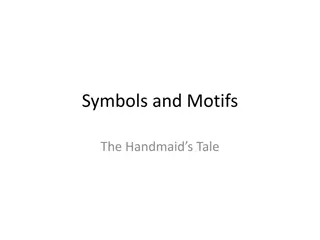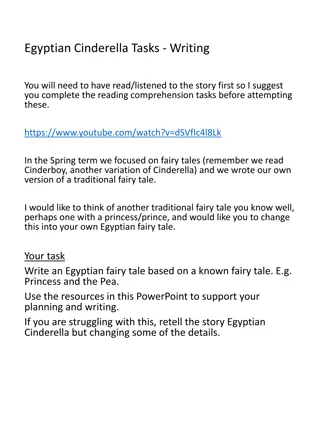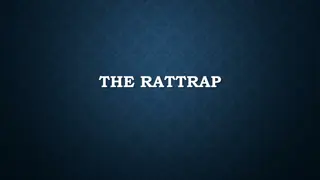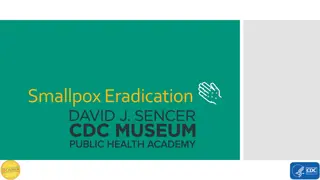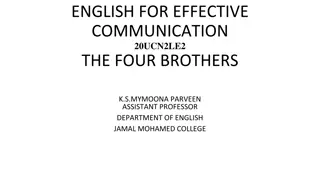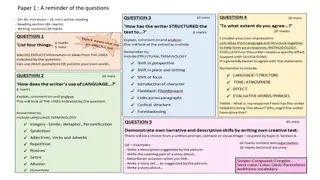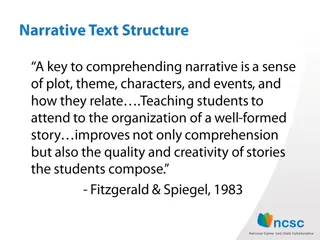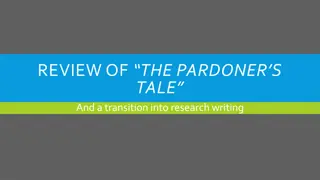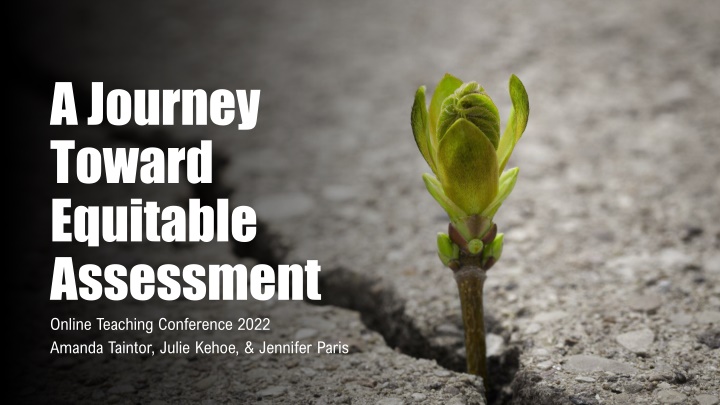
Rethinking Grading and Assessment in Education
Explore the challenges of traditional grading systems, the impact on student learning and motivation, and the need to move towards equitable and effective assessment practices in education. Discover the drawbacks of point-based grading, issues with extrinsic motivation, and the importance of allowing room for growth and mistakes in the learning process. Reconsider traditional grading scales and methods to better support authentic learning experiences for students.
Download Presentation

Please find below an Image/Link to download the presentation.
The content on the website is provided AS IS for your information and personal use only. It may not be sold, licensed, or shared on other websites without obtaining consent from the author. If you encounter any issues during the download, it is possible that the publisher has removed the file from their server.
You are allowed to download the files provided on this website for personal or commercial use, subject to the condition that they are used lawfully. All files are the property of their respective owners.
The content on the website is provided AS IS for your information and personal use only. It may not be sold, licensed, or shared on other websites without obtaining consent from the author.
E N D
Presentation Transcript
A Journey Toward Equitable Assessment Online Teaching Conference 2022 Amanda Taintor, Julie Kehoe, & Jennifer Paris
Issues with Traditional Grading & Assessment Focused on point earning Some students give up Grades didn't reflect what students had learned Outcome assessment and grades didn't align Enforcement of rules got in the way of building relationships with students
If everything about me in a class is judged and included in a grade, my grades say not what I ve learned in the subject so far,but who I am Risk Taking and Growth Mindset When everything is graded then there is no safe place for mistakes mistakes are NEVER acceptable. Losing points for mistakes DURING the learning process = But learning cannot occur WITHOUT mistakes Leads to cheating This Photo by Unknown author is licensed under CC BY.
Extrinsic Motivation Using points as motivation assumes this is the best way to motivate BUT Research shows extrinsic rewards are not an effective motivation strategy for authentic learning. Students have been trained to seek points BUT They will be motivated by learning if we unburden them from the stress and anxiety of grades
Students who learn the material should pass.
Move beyond our traditional way of grading
Grading: Reconsidering grade scale* late penalties & deadlines* graded homework participation/effort points extra credit retakes & resubmission This Photo by Unknown author is licensed under CC BY-SA-NC.
0-100 Scale 0-4 Scale GRADING SCALE COMPARISON 0-4 Scale Punishments for missing assignments is proportional No hole a student can't dig out of 0-100 Scale Wide Variance What's the difference between a 69 and a 70? A 3.5-4.0 87.5-100% Weighted towards failure B 2.75-3.49 68.75-87.4% Makes it difficult, sometimes impossible, to bring a grade up to passing level C 2.00-2.74 50-68.74% D 1.25-1.99 31.25-49.9% F Below 1.25 Below 31.25%
Effectively Facilitating Learning Break down outcomes of the course into discrete skills students need to have Make clear purpose of all assignments tied to outcomes Backward design to ensure that all outcomes are scaffolded Provide different ways for students to showcase learning (universal design) This Photo by Unknown author is licensed under CC BY.
Skill Outcome Alignment SLO 1: Demonstrate strategies to promote healthy relationships in the care and education of infants and toddlers Skill 1.1 Attachment Skill 1.2 Caregiver Responsiveness Skill 1.3 Connecting Routine Care to Relationships Skill 1.4 Identify Reciprocal Communication Skill 1.5 Identifying Principles of Practice Skill 1.6 Respectful Caregiver Interactions This Photo by Unknown author is licensed under CC BY-SA.
Flexible Deadlines "due dates" to keep on pace No need to request extensions Time Management Skills (the good and the bad)
Feedback & Communication Detailed rubrics Provide feedback Consistent narrative This Photo by Unknown author is licensed under CC BY-SA.
Example Rubric Integration by Parts: Identify when to use integration by parts and implement the technique. 0 - Insufficient Evidence 1 - Not Yet Met Standard 2 - Approaching Standard 3 - Met Standard 4 - Exceeds Standard No meaningful work submitted Did not use integration by parts Correct answer may have been given with no work to support it Identified that Integration by Parts should be used. Did not correctly choose u, du, dv, and v The integral was not setup and correctly. Used the correct u, du, dv, and v The integral was not integrated correctly. Too many steps were missing to provide a clear explanation of the solution. Used the correct u, du, dv, and v The integral was setup and integrated correctly with some steps missing or minor mistakes present. Algebraic mistakes may be present. Correctly identified and labeled u, du, dv, and v The integral was setup and integrated correctly without skipping steps Minor arithmetic mistakes may be present.
Retakes and Submissions Submit --> Feedback--> Submit This Photo by Unknown author is licensed under CC BY-NC-ND.
Questions? Julie.kehoe@reedleycollege.edu Amanda.taintor@reedleycollege.edu jennifer.paris@canyons.edu




